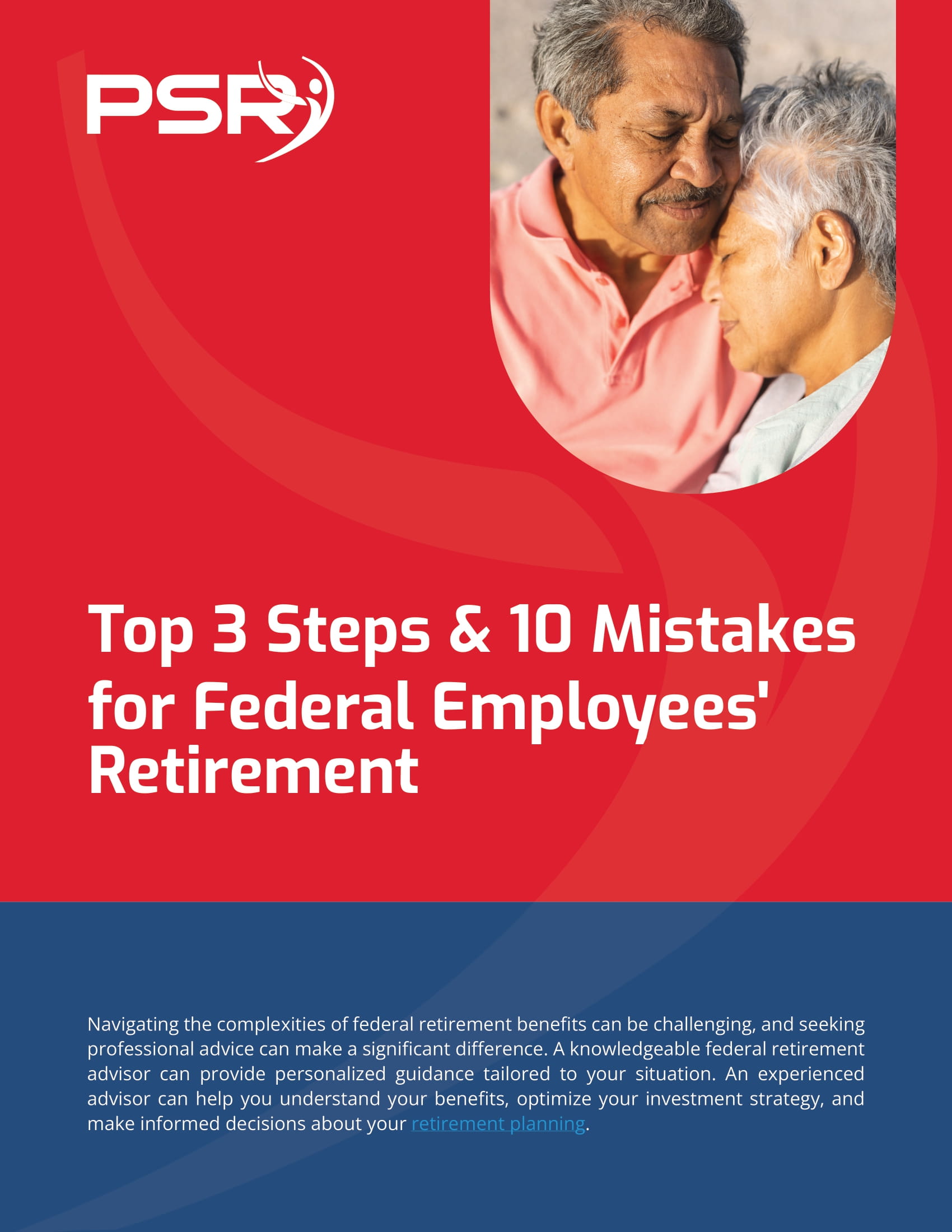Key Takeaways
-
Federal pensions are marital property and can be divided in divorce, but only under specific rules governed by federal law.
-
Court orders must follow exact wording and format to be accepted by OPM, and delays or errors can result in lost benefits.
Understanding Your Federal Pension in Divorce
When you divorce as a federal employee
- Also Read: The Latest Federal Employee News You Need to Know to Protect Your Retirement
- Also Read: Ready for Retirement? Here’s How Law Enforcement Officers Can Leave the Job with Benefits Intact
- Also Read: FAA, Law Enforcement, and Special Federal Employee Categories—Here’s What Makes Their Retirement Unique
What the Court Can and Cannot Do
Dividing a federal pension in divorce requires a court-issued Court Order Acceptable for Processing (COAP). This is different from a standard divorce decree. It must be approved by OPM and adhere to their strict criteria:
-
The order must clearly state how the benefit is to be divided.
-
It must not award more than what the employee is entitled to.
-
It must not conflict with federal law or OPM regulations.
Importantly, the court cannot force the federal government to pay out benefits not authorized by statute. For instance, lifetime survivor benefits cannot be ordered without specific elections made before or at retirement.
Which Retirement System Are You Under?
Your retirement system affects how your pension may be split:
CSRS
-
Covers fewer employees today but provides higher annuity payouts.
-
No Social Security component, so no Social Security offset in divorce.
-
Survivor benefit rules must be explicitly detailed in the COAP.
FERS
-
Covers the majority of current federal employees.
-
Includes a basic annuity, Social Security, and Thrift Savings Plan (tsp).
-
Court can divide the annuity, order shared benefits from TSP, and address Social Security separately.
Common Legal Pitfalls That Hurt Your Settlement
1. Vague Language in the Court Order
OPM requires precision. Saying “50% of the retirement” is not enough. You must specify the formula, dates of service, or exact amounts. Errors here can delay processing for months or result in the order being rejected.
2. Forgetting to Address Survivor Benefits
A former spouse only receives survivor benefits if the retiree:
-
Elects a survivor annuity at retirement,
-
The COAP orders it, and
-
The election is made within two years of the divorce.
Without all three, your ex-spouse could get nothing after your death, regardless of prior verbal or court agreements.
3. Mishandling TSP Division
The TSP is not automatically divided. It requires a Retirement Benefits Court Order (RBCO), separate from the COAP, to assign shares. TSP cannot process orders that award specific funds or investment types; only percentages or fixed dollar amounts are accepted.
Survivor Annuity Elections: What You Must Know
If your divorce includes an agreement or order for your former spouse to receive survivor benefits, you must act quickly and correctly:
-
A full survivor annuity is 50% of your basic annuity; a partial is less than that.
-
Your annuity will be permanently reduced to fund the survivor benefit.
-
If you remarry, your new spouse may also be eligible — unless your previous survivor election is still in effect.
In 2025, OPM processes elections based on the earliest valid submission. Once a former spouse has a court-ordered survivor annuity, your options for changing it later are limited unless they waive their rights.
Time Limits and Processing Delays
Delays in submitting a court order can result in:
-
Retroactive payments being denied.
-
Survivor benefit elections becoming invalid.
-
The annuitant dying before the order is accepted, leaving the former spouse with no benefits.
The timeline is strict: OPM must receive the COAP before the retiree dies and within two years of the divorce if survivor benefits are involved.
What About Social Security?
Social Security benefits are not divisible by court order like pensions or TSP accounts. However, an ex-spouse may qualify for Social Security benefits based on your record if the marriage lasted at least 10 years and they are 62 or older and unmarried.
This doesn’t reduce your Social Security and doesn’t require your consent.
FERS Annuity Supplement: Special Considerations
If you retire before age 62 and qualify for the FERS Supplement, it may or may not be included in a divorce award depending on the court’s interpretation. OPM does not specifically address the supplement in its COAP processing guidance, so legal counsel must clarify this point.
Because this benefit ends at age 62 and is not paid by Social Security, a COAP must specify if and how it should be divided.
Military Buyback Time Can Complicate Things
If you purchased military service credit to boost your FERS or CSRS retirement, this time is generally included in any pension division. However, courts sometimes overlook it. You need to clarify whether the added service credit is part of the marital portion or not.
This matters greatly in community property states where all contributions during marriage are split.
Reemployment After Divorce: Impacts on Pensions
If you return to federal service after a divorce, your future benefits may be recalculated. OPM can honor COAP terms only for the period of service covered at the time of divorce unless updated orders are submitted.
This also affects any survivor annuity elections made under the old service. You’ll likely need to reaffirm or re-elect them.
Can You Change a COAP Later?
Yes, but only through court modification and submission of a revised order to OPM. This means both parties typically must agree or re-litigate. Changes are not retroactive unless the original order allows it.
And remember: OPM enforces only what the court order says, not what you think it meant or what state laws might assume. If the language isn’t in the document, OPM won’t act on it.
Working with Legal Professionals Familiar with Federal Retirement
Dividing a federal pension is not routine work for most divorce attorneys. Be sure to choose someone who understands:
-
CSRS and FERS nuances
-
COAP and RBCO requirements
-
OPM approval standards
Mistakes by your legal team can result in irreversible loss of benefits.
You should also consider working with a financial planner experienced in federal benefits to understand how splitting your annuity, electing a survivor benefit, or dividing your TSP will affect your long-term income.
The Path Forward After Divorce
To protect your benefits and those of your former spouse, here are your action steps:
-
Get a COAP and RBCO drafted by experts in federal retirement.
-
File the paperwork with OPM quickly.
-
Make any required elections (like a survivor benefit) within two years.
-
Stay informed about how remarriage or reemployment may impact existing court orders.
-
Review your retirement plan periodically to confirm it reflects current legal obligations.
Protecting Your Retirement Requires More Than Just a Divorce Decree
Dividing a federal pension during divorce is complex, governed by strict OPM rules and federal law. Missing key deadlines or filing an improperly worded COAP can cause lifelong financial consequences. Whether you’re in CSRS, FERS, or somewhere in between, don’t leave your future income to chance.
Get in touch with a licensed professional listed on this website who understands the unique challenges facing federal employees in divorce. They can help you avoid missteps and protect what you’ve earned.












